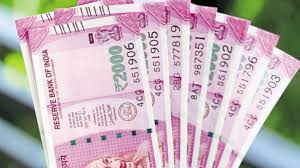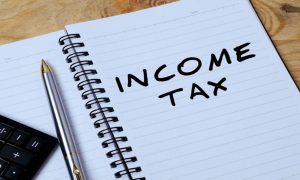PF Withdrawal Status: The Employees’ Provident Fund Organisation (EPFO) provides Provident Fund (PF) account for the central and state government employees and EPS account for private sector employees.
PF Withdrawal Status: The Employees’ Provident Fund Organisation (EPFO) provides Provident Fund (PF) account for the central and state government employees and EPS account for private sector employees. For many government and private sector employees, the money in their EPF passbook balance is the only amount that they can use during times of financial crisis like job loss, medical emergency, etc. EPFO members are allowed to make PF withdrawal in certain conditions, but unfortunately, there are cases when the this may actually lead to monetary loss.
Speaking on the monetary loss during PF withdrawal, SEBI registered tax and investment expert Jitendra Solanki said, “It has been found that EPF account holders go for their PF withdrawal at the time of job loss, especially when they are in the nascent phase of their career. At that time, if their EPF account is less than five years old, then their PF withdrawal is hit by the levy of income tax. So, they lose money on their PF account as the money credited in their given bank account is post-income tax deduction.”
Not just PF withdrawal within five years of account opening is taxed. In what will worry PF account holders, even their post-retirement funds get negatively affected after this PF withdrawal.
Highlighting on how an EPF account holder may lose pension benefit post EPF withdrawal; the SEBI registered tax and investment expert went on to add, “It’s important to have one’s EPF account at least 20 year old at the time of retirement to qualify for pension benefit. So, in current EPFO rules, EPF withdrawal or PF withdrawal jeopardizes one’s eligibility for pension post-retirement.”
Speaking on the EPS pension calculator, Mumbai-based tax and investment expert Balwant Jain said, “When an EPF account is opened, it gets 12 per cent of the basic salary of the employee as monthly EPF contribution that the employer deducts at source. However, the employer also contributes the same EPF contribution on the EPF account of the same employee. But, in the case of the employer, 8.33 per cent EPF contribution goes into the EPS account or pension account while the rest goes into the EPF account of the employee. So, at the time of EPF withdrawal, it has been found that employees think that they have got their entire EPF in their account which is incorrect. Their EPS account balance is still there and to get that money, they need to claim that amount too. If the employee doesn’t want to withdraw this EPS account balance, they can get it attached with their new EPF account being opened at the new employer.”





































